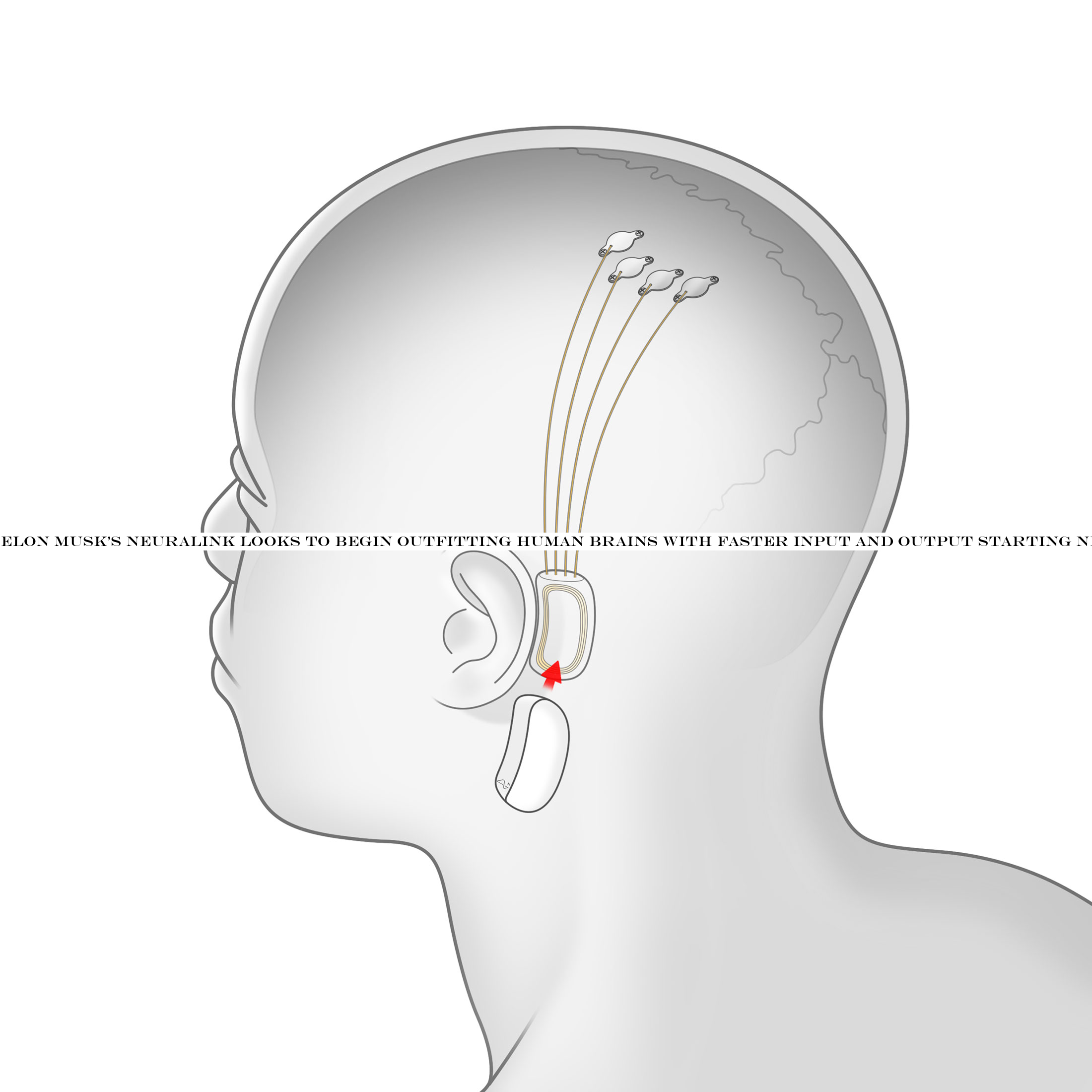INSUBCONTINENT EXCLUSIVE:
which it says can be implanted in human brains with much less potential impact to the surrounding brain tissue vs
performing both read and write operations at very high data volume.All of this sounds incredibly far-fetched, and to some extent it still
anywhere near offering a commercial service
to work out in the open and publish papers, which is definitely an easier mode of operation for something that requires as much connection
tech could theoretically see use somewhat soon in medical use, including potential applications enabling amputees to regain mobility via use
of prosthetics and reversing vision, hearing or other sensory deficiencies
that are much less invasive and essentially not felt by a patient, Hodak told the paper
Working on humans next year with something that meets this description for a relatively new company might seem improbable, but Neuralink did
The data from the rat was gathered via a USB-C port in its head, and it provided about 10x more what the best current sensors can offer,
longevity when exposed to the brain, which contains a salt mix fluid that can damage and ultimately degrade plastics over time.Elon Musk is
bankrolling the majority of this endeavour as well as acting as its CEO, with $100 million of the $158 million its raised so far coming from
It has 90 employees thus far, and still seems to be hiring aggressively based on its minimal website (which basically only contains job ads)

